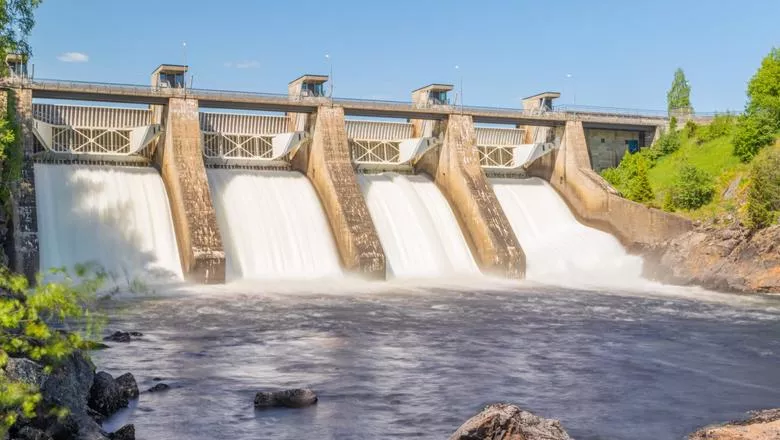The transition away from fossil fuels and towards renewables needs to move quickly but it also needs to be done carefully, paying due attention to the environmental impacts of different renewable energy technologies. No energy generation technology is without environmental impact and energy efficiency remains important going forward. In this paper we examine strategies for reducing the environmental impact of planned new hydropower on the world's remaining free flowing rivers. Strategies include: avoiding new development on high conservation value rivers; strategic river network-wide planning to minimise additional impacts of new dams; restoration through removal of redundant river barriers; and use of offsets to mitigate impacts of new dams by funding restoration and protection elsewhere.
Professor Mark Mulligan
10 August 2021
More than 160,000 miles of rivers at risk of losing "free-flowing" status
More than 160,000 miles (~257,000 km) of rivers are in danger of losing their “free-flowing status” as a result of proposed new hydropower dam construction, according to a recent study published in Global Sustainability.

With more than 3,700 more hydropower dams either planned or undergoing construction, this risks a length of rivers more than six times the circumference of the Earth.
The study, co-authored by Professor Mark Mulligan from the Department of Geography with the World Wildlife Fund (WWF), McGill University and others, found that important rivers such as the Amazon, Congo and Salween are among those that would be affected.
Reconciling dams with maintaining healthy freshwater systems is one of the greatest conservation challenges in the world. Free-flowing rivers not only act as a key factor in maintaining important biodiversity and resilient freshwater ecosystems, but also provide support for local communities as a source of food and natural flood management.
Degradation of rivers is already a leading cause in global biodiversity loss, with populations of freshwater species already having declined significantly
The study found that less than 2% of the renewable energy needed to cap a rise in global temperature at 1.5 degrees by 2050 could be harvested from planned hydropower dams. The paper offers solutions for navigating the trade-offs associated with dam development and the conservation of freshwater ecosystems. .
Researchers compiled science-based policy solutions designed to meet both renewable energy targets, while also safeguarding free-flowing rivers and their benefits to people and nature. The paper outlines specific examples where governments have successfully implemented these strategies, including:
- Avoiding fragmenting rivers through formal protection of rivers or by exploring alternative development options.
- Minimizing the impacts of dams on rivers by siting dams in locations with fewer impacts on people and nature.
- Restoring rivers through removal of redundant dams, an increasingly popular option in the U.S. due to the high costs of dam maintenance and the negative impacts on surrounding ecosystems.
- Offsetting the negative impacts of dams.
Professor Mulligan said:
Professor Mulligan and Dr Arnout van Soesbergen in the Department of Geography are founding members of globaldamwatch.org, which brings together freely available data and tools on the World's dams, including the largest open-access georeferenced database of current dams, published here.


